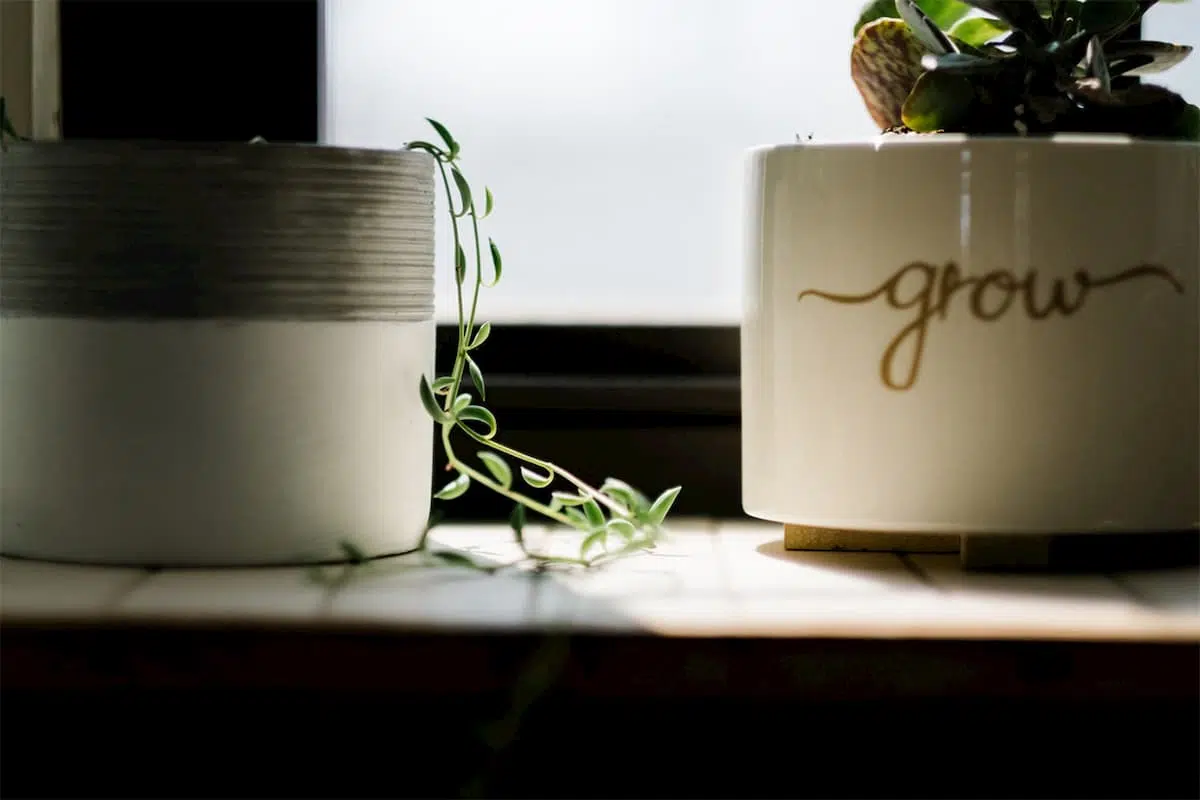The most successful brands never stand still. Innovation is today’s currency and all brands have to find ways to maintain the purity of their unique essence, whilst also expanding the basket of products that they have to sell.
Two key ways that they can achieve this are through brand stretch and brand extension. This piece is aimed at small to medium size businesses without New Product Innovation (NPI) functions and who choose not to partner with professionals like Mackman to help build a new product pipeline.
In short, the difference between brand stretch and brand extension is that brand stretch is the introduction of a product or service that is very similar to the originals, where as a brand extension is a diversification into a completely different category.
What is Brand Stretch?
A key part of becoming a successful brand is the process of building a trusting, consensual relationship with customers. For brands all the way across the spectrum from modest levels of trust to the highest levels of fandom, there are opportunities to leverage this trust for the benefit of both parties. And, essentially, it has to be for the benefit of both parties in building an even stronger bond rather than any risk of reducing it.
Great examples of brand stretch usually involve creating additional choice for the consumer that already likes or loves your brand, products and services. The breadth of choice and the difference from one to the next can be very subtle.
For example, a brand like Harley Davidson, which is so adored by some fans that they actually have the brand logo tattooed across their bodies, has every opportunity to introduce new models to its range of motorbikes, providing they remain true to its tagline – American by birth, Rebel by choice.
Stretch or Extension?
Equally, many food and beverage brands stretch their offer by stretching their range. However, whilst a juice brand might introduce a new juice flavour, that would not typically be considered as brand stretch. Where brand stretch does apply to these types of brands is when they, for example, use their brand equity to cross categories.
One example of this is when many of the confectionery brands started to introduce ice cream versions of their products. Another is the shifting of cereal brands from in-home consumption in a bowl with milk, to out of home, ‘on the go’ consumption as cereal bars bearing their branding and tasting similar.
As we have examined in our piece about brands that came back from the brink, Apple is not only the most successful brand owner of all time having delivered some extraordinarily profitable quarters in recent years, but it is also one of the most consummate brands in terms of their unique blend of brand stretch and brand extension. Some commentators consider Apple to be brand stretchers, whilst other regard them as extenders.
The argument for brand stretch is that all of their products are in the same super-category, being electronic devices that enable education, information and entertainment. Those seeing extensions argue that an iPhone and a music streaming service are not in the same category.
The truth with Apple is that they have been able to build such a strong brand and then drive cross platform convergence from their core; pardon the pun. Whatever the device or the service, Apple humanises technology.
Case Study: Dove
According to research, 62 per cent of consumers want brands to stand up for issues they are passionate about, and, at a time when intolerance around ‘fake news’ is growing, 66 per cent expect companies to be transparent. Dove is one of the most recalled brands in the world right now, because they have built a brand that inspires women to find their inner confidence.
The trust this has built has provided Dove with the ability to leverage its moisturizer through careful innovation. This created the foundation for Body Wash including their Dove Nutrium technology. Moves into deodorants, face cloths, shampoos, Nutrium soap, and lotions with Shea Butter followed. Like Apple, arguably an extension rather than a stretch, Dove boldly embraced the male grooming category with Dove Men+Care and went on to launch into baby market with Baby Dove.

What is a Brand Extension?
As already outlined and mentioned in the above, a genuine brand extension is typically a move out of a category into a new one which has very little in common with the brand’s original category. A commonly experienced example of this is when a fashion brand, or even a celebrity, lends their name to a perfume or aftershave.
Despite often having nothing to do with the creation of the concept or the product, a combination of the perfume producer and the fashion brand or celebrity’s commercial teams recognise that the ‘tribe’ that follows the brand or celebrity could be persuaded to purchase a scent bearing their name.
Two very interesting brand extensions have been Caterpillar’s expansion from jumbo sized earth moving equipment to a range of fashionable, workwear based boots and apparel, and shipping company Eddie Stobart’s expansion into branded promotional goods – popular with fans of their lorries and drivers.

Types of Brand Extension
Unlike brand stretches that remain much nearer to the original product or service and thereby tend to involve gentle evolutions that are specific to that brand, brand extensions typically follow one of the following four strategies:
Product Extension
The product extension is the closest cousin to the band stretch, but just goes one step further. An example of this would be a successful toothpaste brand which takes a step away from being toothpaste or even mouthwash, and begins to include toothbrushes, dental floss and other oral hygiene products under the same umbrella brand.
Expertise Extension
This strategy involves transplanting the same core expertise across many different categories. Honda, Sony and Yamaha are excellent examples of this. Take Yamaha for example. Ask any biker what a Yamaha is and they’ll that they make a wide range of on and off-road motorcycles.
Ask any musician what a Yamaha is and they’ll say that it’s one of the most commonly used ranges of organ. Speak to anyone who lives near the sea, and they’ll reply that Yamaha manufacture power boats. The company was founded by Mr Yamaha to make musical instruments in the 1880s, and all their products remain connected by a strong philosophy.
Market Extension
This strategy involves transplanting the same product into completely different markets using the same overall brand, but often positioned differently. These are often triggered by mergers and acquisitions in which two or more companies with similar products but in different sectors come together to cross-fertilise their goods and services to different sectors.
Geographic Extension
And last but not least, brands that have achieved success in any particular geography can seek to use their learnings, momentum and the profits generated to ‘geo-clone’ in new territories or countries. This sounds simple, right? It can be really tough!
Brands that are adored in Teutonic Germany may not suit the Latin temperament on the Mediterranean coast, and vice versa. The same is true of B2B brands who have ambitions to expand, but fail to recognise the nuances between different geographical markets.
Summary
In conclusion, if you are considering stretching or extending your brand, here are four tips:
- On-Brand: Your evolved (stretched) or new (extended)
product must tick every box in your brand promise. So, if you are at all unsure what your brand
promise is, then revisit that first. - Not a Silver Bullet: If your brand is
not strong enough to support leadership in its own category, then spreading it
more thinly is unlikely to be the answer.
Like two drunks propping each other up, it not the solution. Get your brand right on point before you
start to leverage it. - As Good or Better: Your new manifestation must be at least as
good as the original, if not better – whether it is a small evolution or a jump
into a new category. To achieve this, it
needs to be just as well planned and launched as the original. - Look Before You Leap: Working with an agency like Mackman, you can
gain valuable insights as to whether there is an appetite for your brand in the
new category, market or geography that you are considering extending into. Your success, or failure, can become
predictable – giving both you and any investors confidence to fund the project
and execute it properly, or spending a few thousand pounds discovering why you
would have wasted tens of thousands or more, and taken your attention away from
your core markets, if you had proceeded without research.
There are many ways to grow companies, and stretching or expanding your brand is one which can be applied to most B2C and B2B brand owners providing they have got their brand where it needs to be in the first place. If you’d like to discuss any of these growth options with Mackman, contact us.
